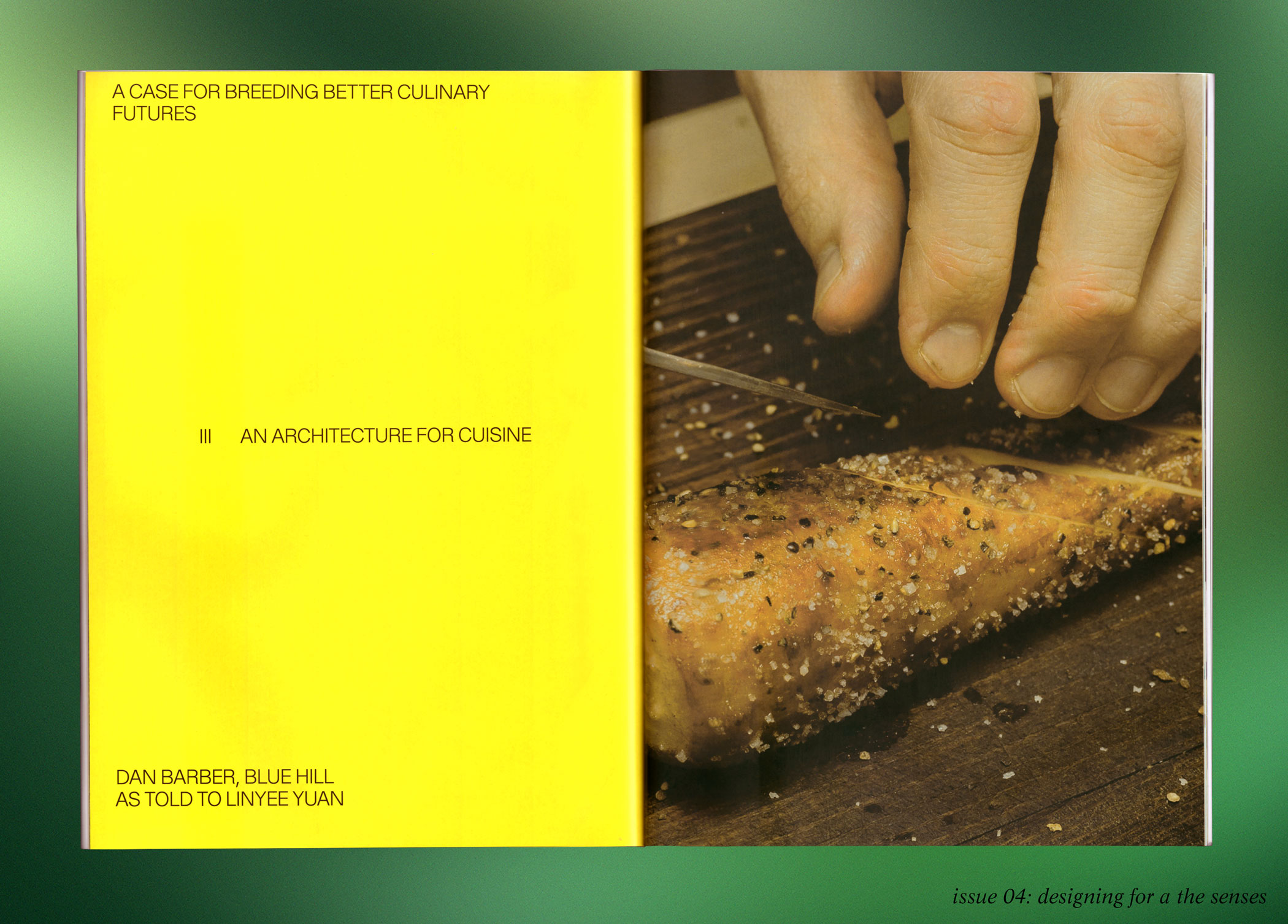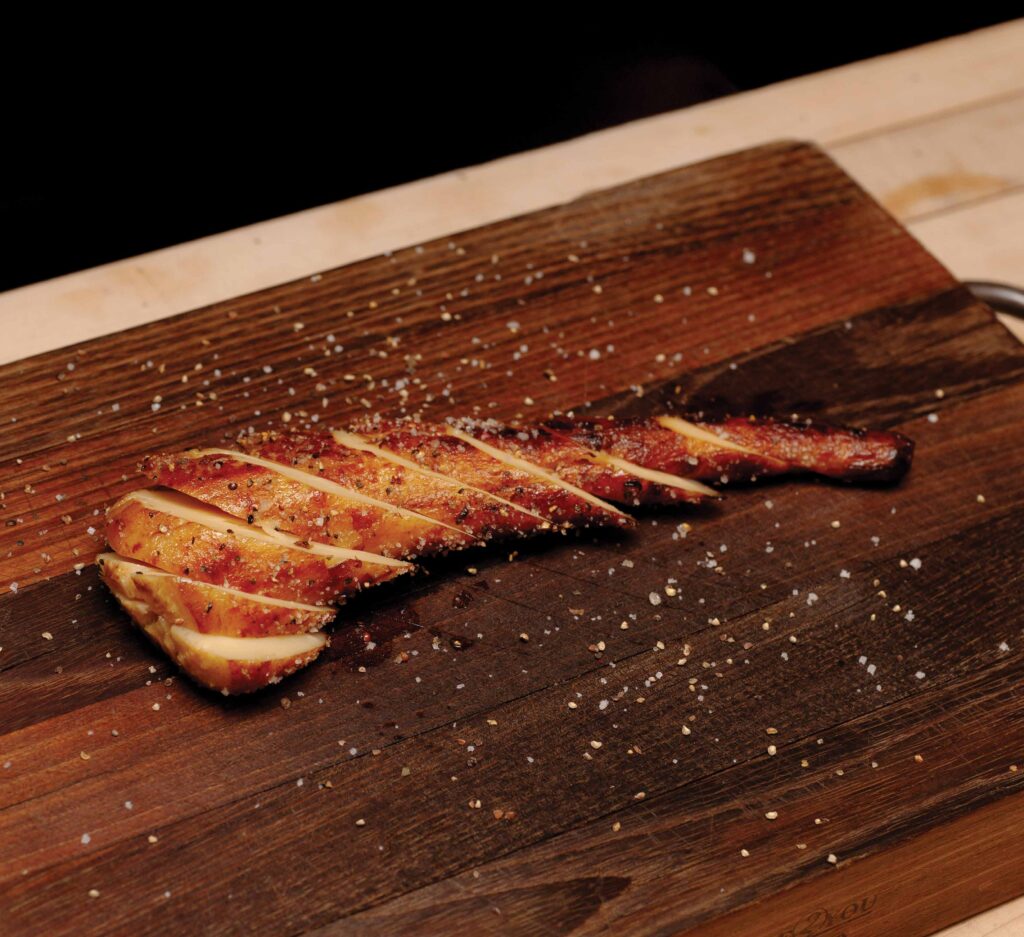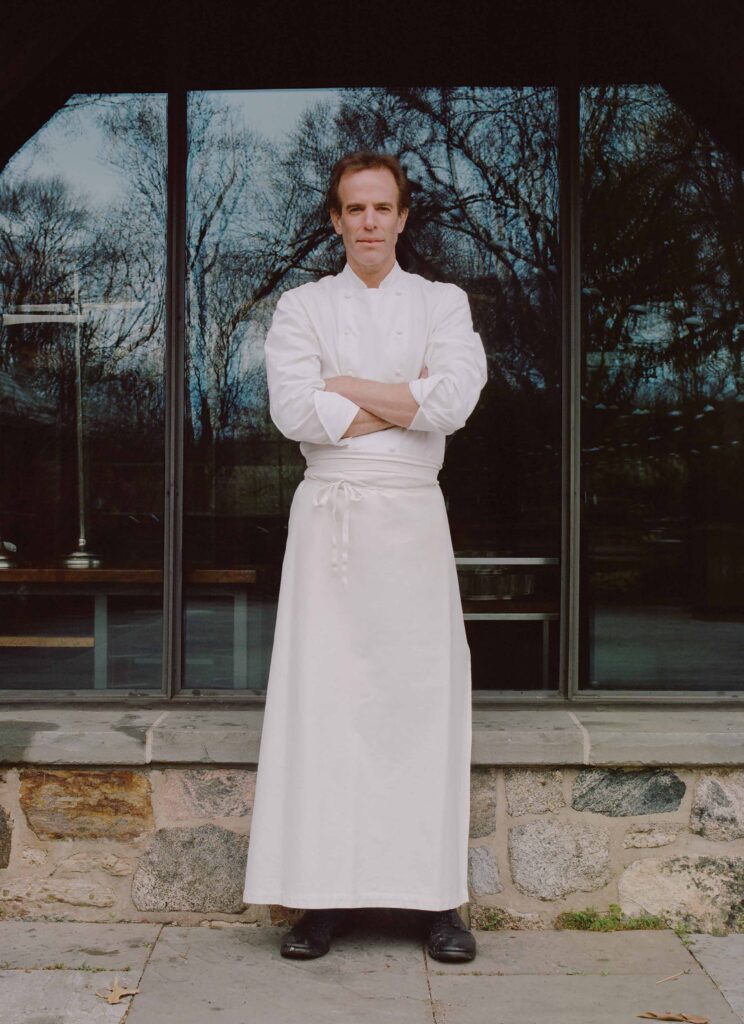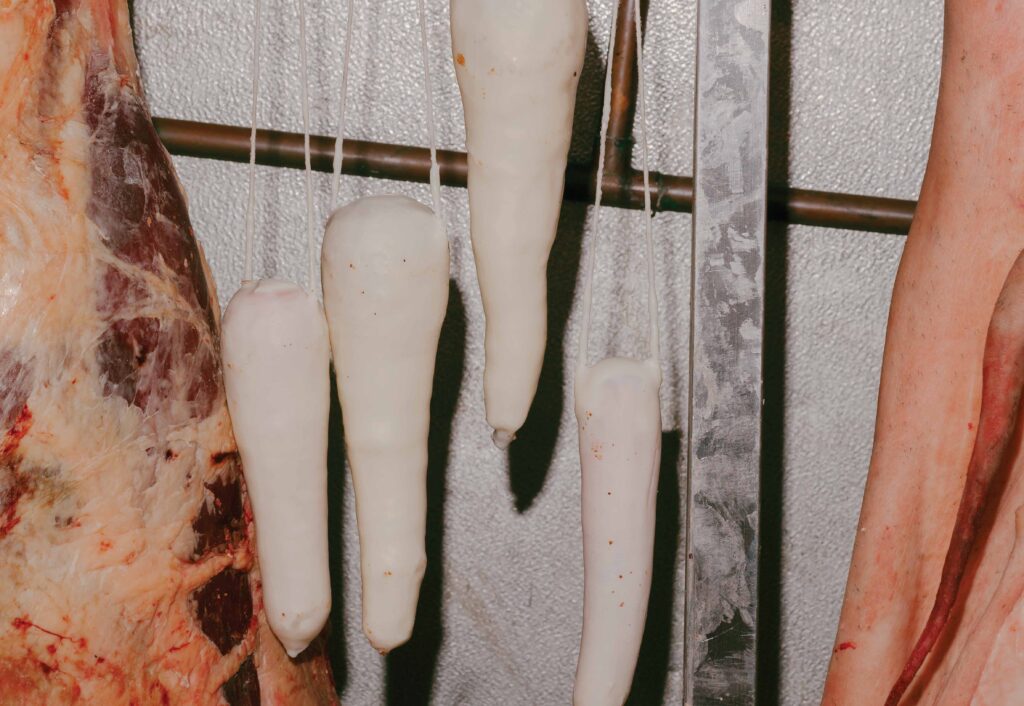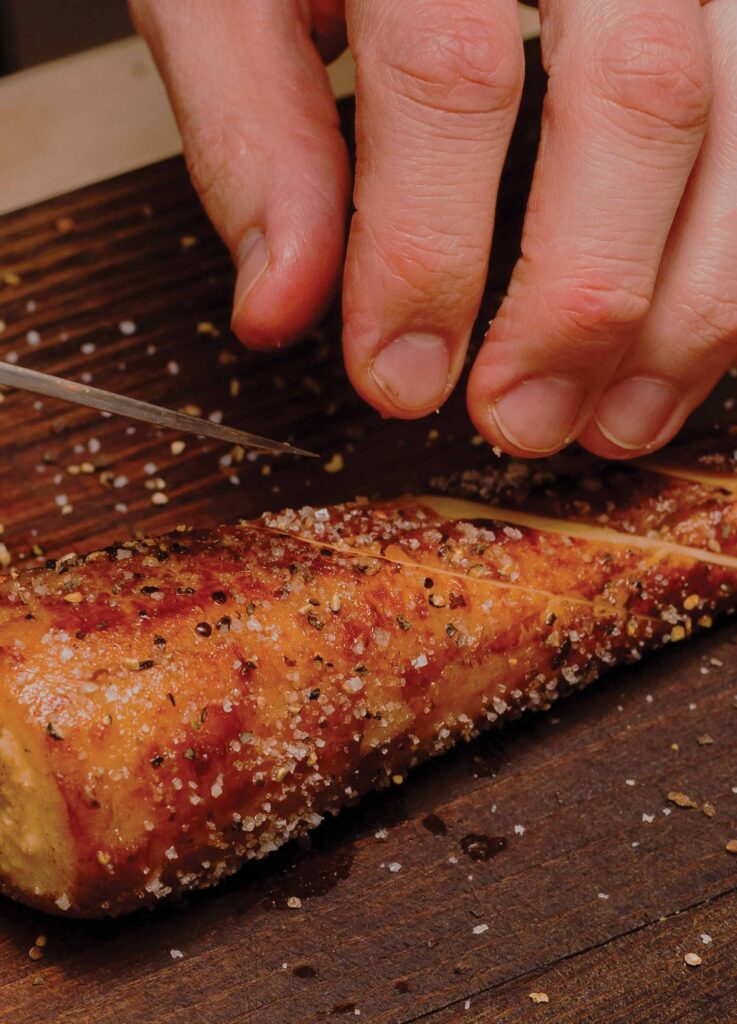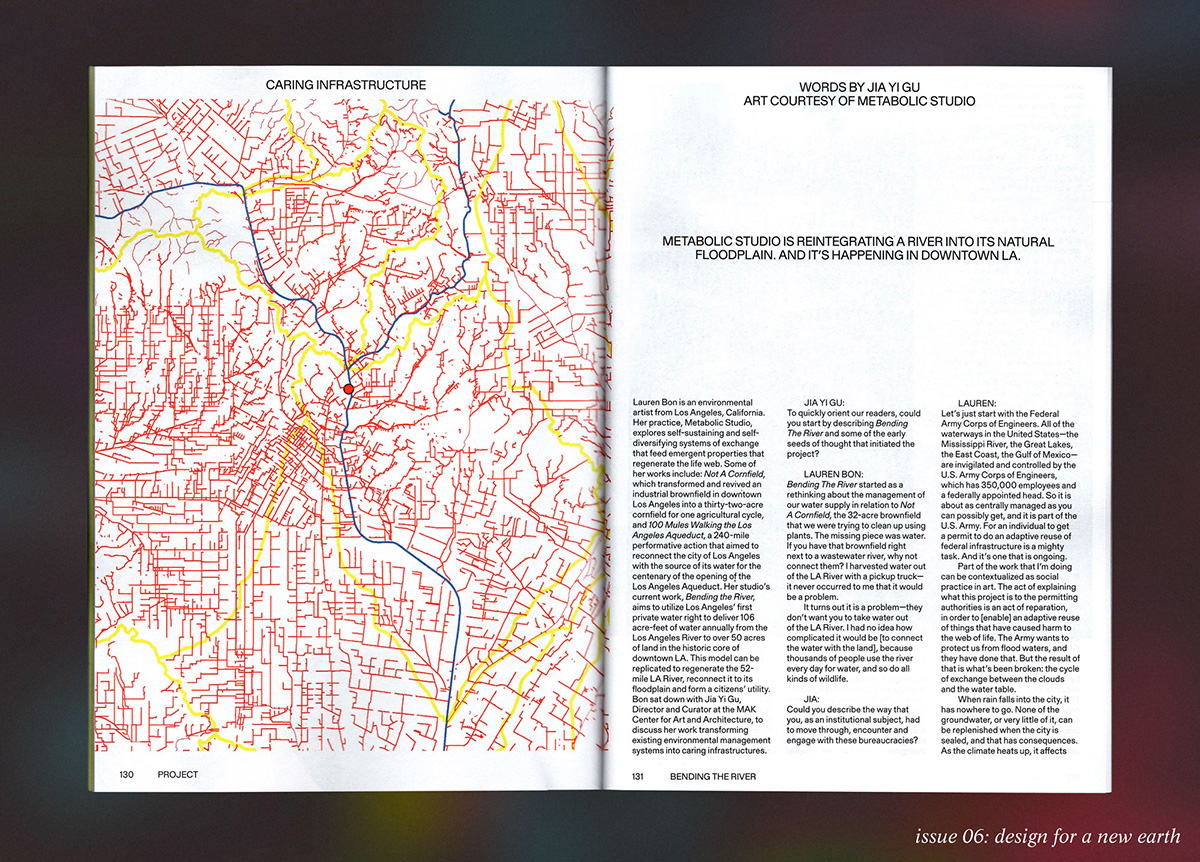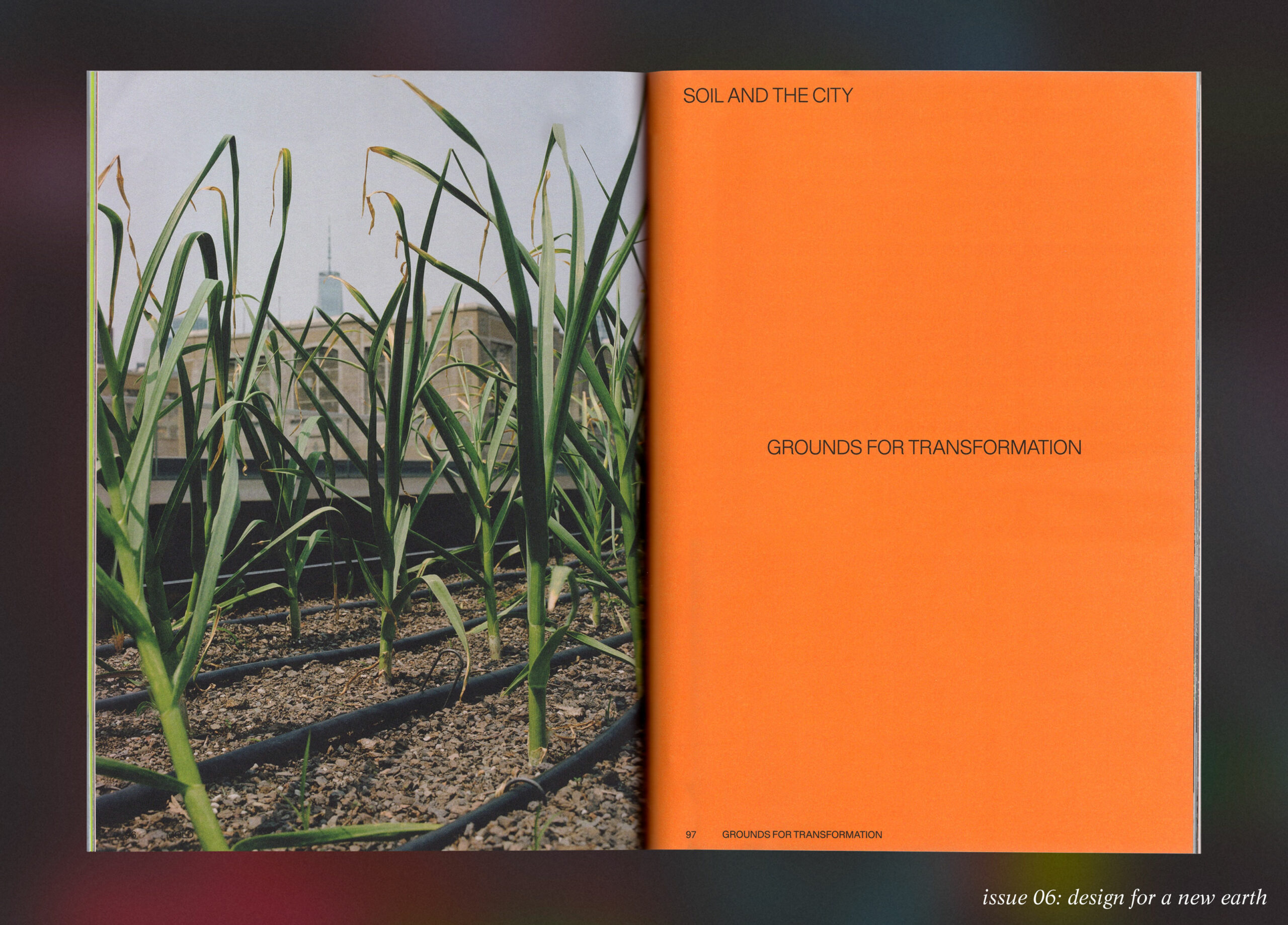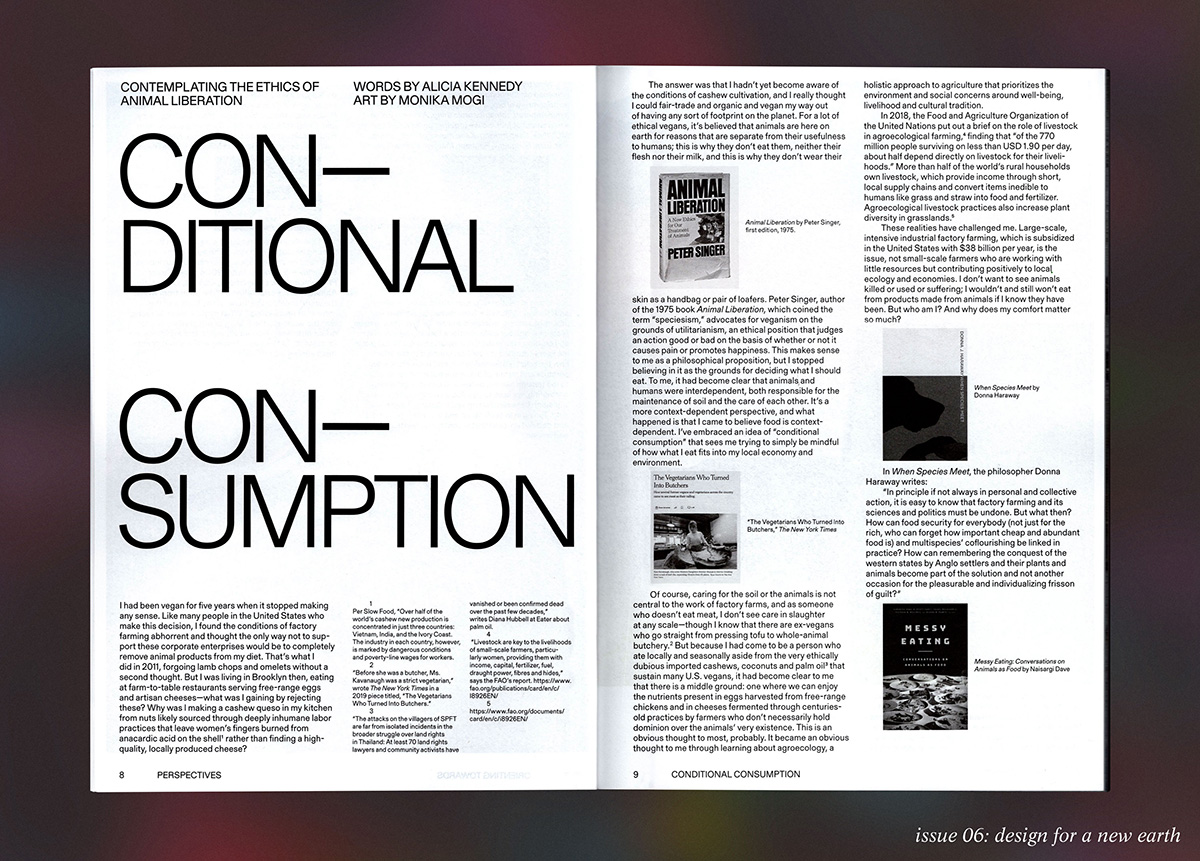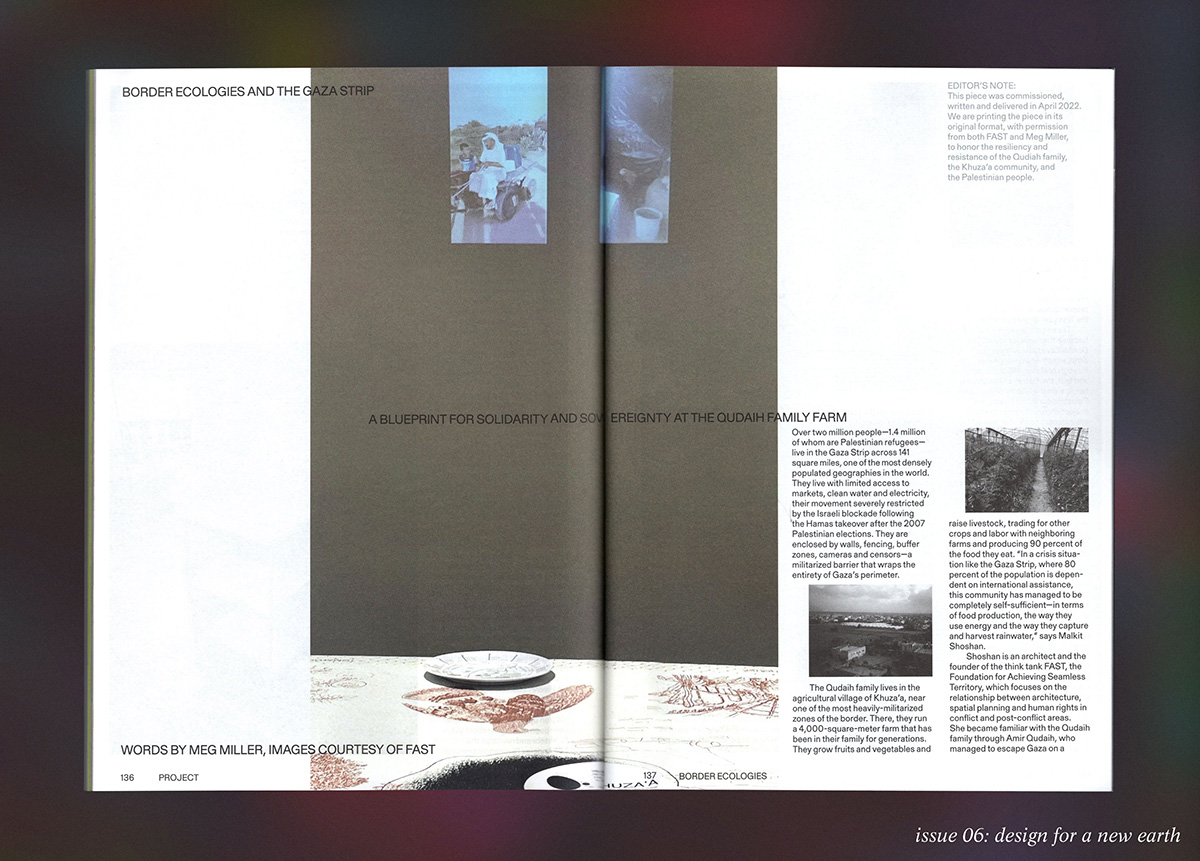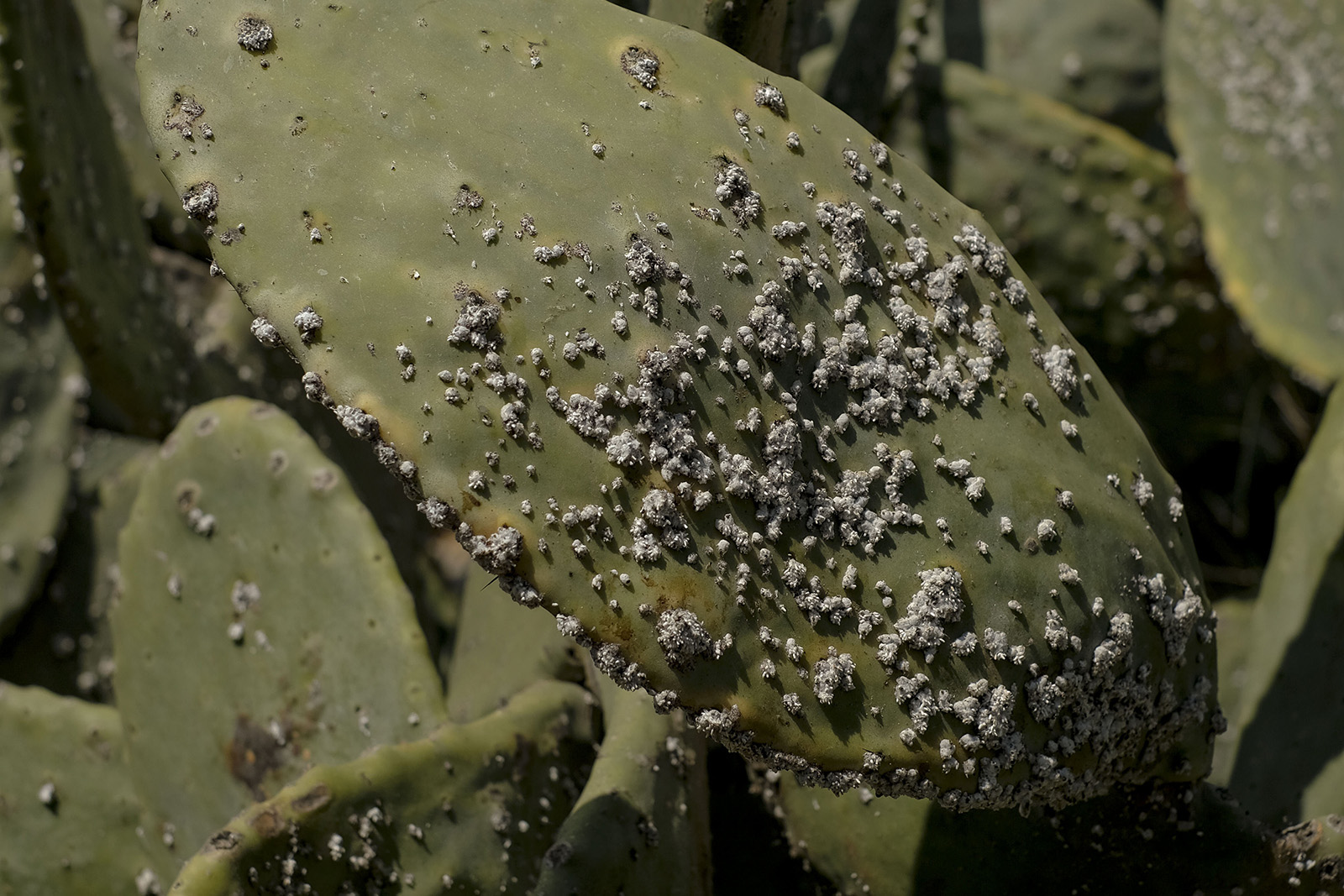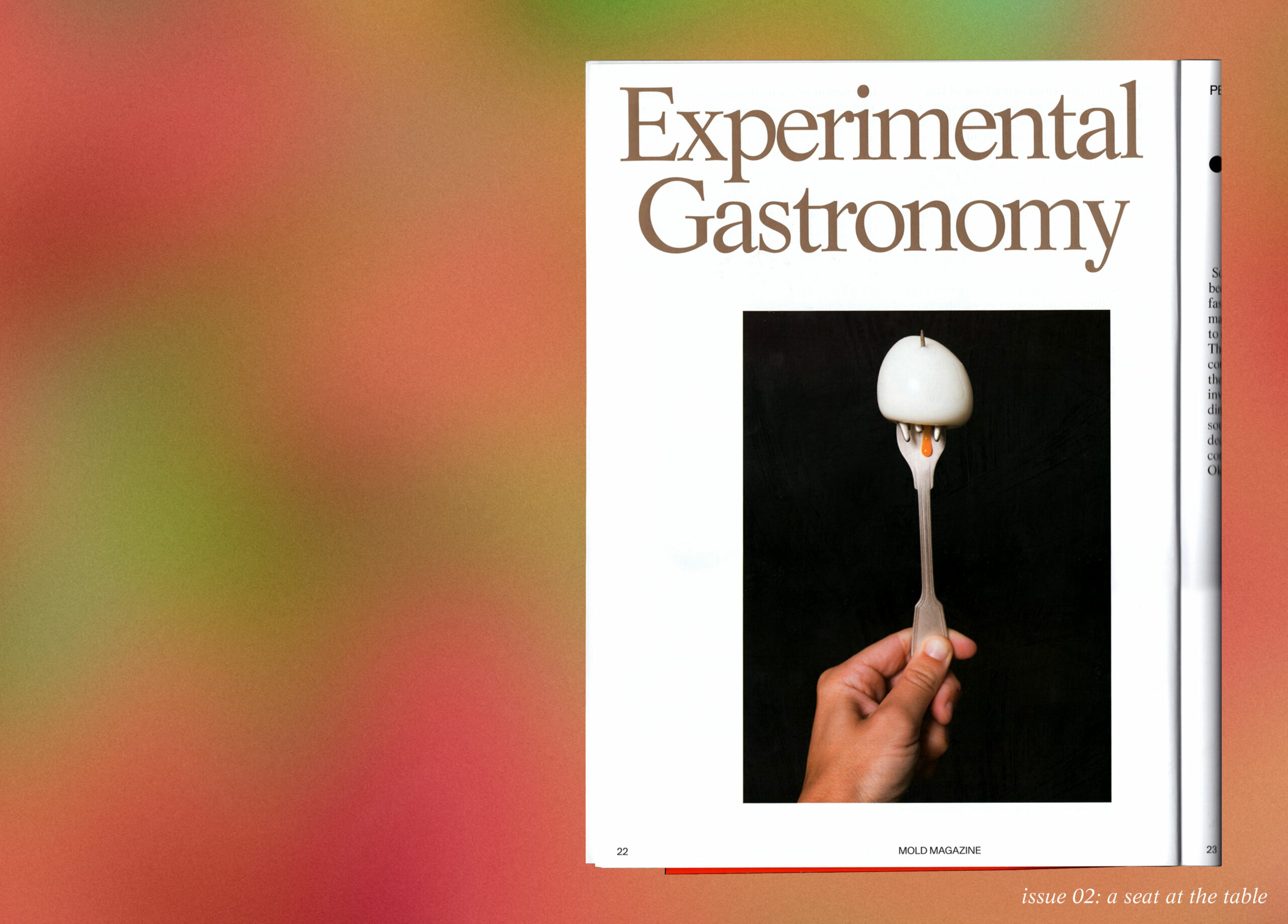From MOLD Magazine: Issue 04, Designing for the Senses. Order your limited edition issue here.
If seeds are the blueprint for our farming system, then plant breeders are the architects. They lay the foundation for what farmers sow into their fields. Chefs are the craftsmen, building on what the breeder and the farmer have constructed.
Photography by Thomas McCarty. As told to LinYee Yuan.
One way to think about the relationship between breeder, farmer and chef is as three legs of a stool. We tend to place special emphasis on the variety, a particular heirloom let’s say (the breeding work), or the skill of the farmer (in cultivating something delicious and nutritious)—but the third leg of the stool, the chef’s interpretation, often goes unexamined. The chef’s craft corresponds to thousands of years of culinary tradition. The culinary imprint is as important as the agricultural one. Good gastronomy, which is expressed through traditions and patterns of eating—cuisines, in other words—holds the pieces in place.
The Hudson Valley, like many regions in this country, has a strong and growing interest in local food and farm-to-table principles. While I have been referred to as a poster child for the farm-to-table ethic, I’ve come to see its pitfalls. Because like many regions, there are terrific products but very little synthesis.
Farm-to-table allows, celebrates even, a supermarket mentality for local ingredients— a little of this and a little of that. Farm-to-table advocates may claim to base their cooking on whatever the farmer has picked that day (and I should know, since I do it often), but whatever the farmer has picked that day is really about an expectation of what will be purchased that day, which is really about an expected way of eating. Farm-to-table may sound right—it’s direct and connected—but really the farmer ends up servicing the table, not the other way around. It makes good agriculture difficult to sustain.
What’s needed is a pattern of eating—a culinary tradition expressed through the food culture and passed on through generations. It starts with reshaping our diets to reflect what the land can readily provide. In the Hudson Valley, that means vegetables and grains should take center stage, with meats playing a supporting role.
To do that, vegetables and grains have to be bred for superior flavor. That’s where the breeder comes in. If we want those vegetables and grains to stand alone on the plate—if we want them to taste delicious—they have to be designed to thrive in this environment. So improving old varieties of seeds and selecting for new varieties is key.
The farmer’s job is to express those genetics and to tell us about what their land needs to grow—more soil supporting brassicas or ignored varieties of grains, for example— to improve the biological diversity of their soils and the long-term health of their land.
WHAT’S NEEDED IS A PATTERN OF EATING—A CULINARY TRADITION.
And then chefs need to incorporate those brassicas and lowly grains into their everyday menus, creating a picture of what a pattern of eating could look like (and how it can be replicated in everyday kitchens).
To bring this idea a little closer to home, at Blue Hill we start the menu with vegetables, advertising what is happening right now on the farm—either in the greenhouse, in the field or in storage. These are simply raw vegetables with the tiniest bit of seasoning. The idea is to present food from the farm naked, unadulterated and unplugged, laying the foundation for the rest of the meal. After about 25 to 40 bites or portions, we generally bookend the meal with another vegetable. So while you might start with a raw carrot, you will end the meal with a carrot steak.
We’re able to confidently serve a carrot as a steak in replace of a sirloin because it’s the right carrot—a Bolero in this case, a delicious variety that has been selected for the cold snaps of the late fall. Without that kind of breeding attention, the carrot wouldn’t work as a substitution for steak. Jack Algiere, farm director at Stone Barns, picks the carrots only after the first frost, which causes the sugars in the carrots to rise dramatically. You can’t get that kind of environmental stress in California (or Texas or Florida or Georgia). You get that here. We are celebrating the unique ecological advantage of the Northeast.
When the carrot arrives in our kitchen, we go to work. We rub it with beef tallow from grass-fed cows that are raised at Stone Barns, then leave it to ferment for three weeks—sort of like dry-aging it—where the flavors intensify and the umami explodes.
We serve the carrot with traditional steak dinner accompaniments—creamed spinach and a rich sauce like a Bordelaise. And we serve a small cut of steak on the side. The association is to a classic, iconic steak dinner, but we’re turning those expectations on their head. The vegetable takes center stage and the meat is the supporting player.
Moving forward, we should consider these ideas in a hyper-regional context, just as all great cuisines do. The notion that there is French cuisine or Italian cuisine is reductive to the point of uselessness—there are countless permutations. Unpacking that specificity is how we get to a higher place with food. Food can become more local and more representative of tradition, more interesting, and more defined. It can (and it should) represent diverse ecologies and varied cultural traditions. That’s a very delicious future.
